Amir’s creations are seamless collages of many photographs that tell us how he sees his subjects with his trained pilot’s eye and they are quite a treat for the senses
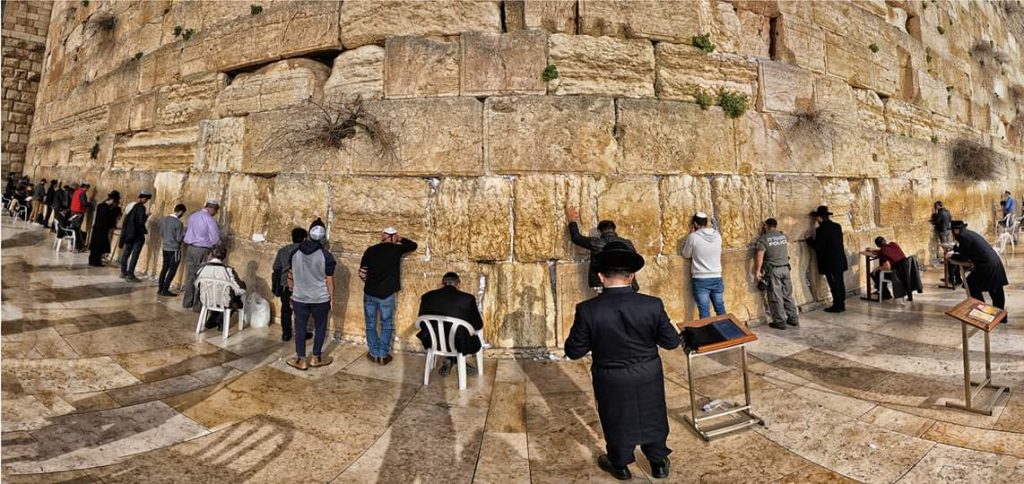
The question to what, if any degree an artist’s past and life experiences influence his work is difficult to answer in general terms and, to me personally, it is rather uninteresting. Most great artists were people who, recognizing within themselves a talent for painting, proceeded to acquire the skills necessary to paint well. The greatest among them developed new techniques and new ways of looking and of seeing, ways that then became “standard” and begin to be taught to new generations of artists.
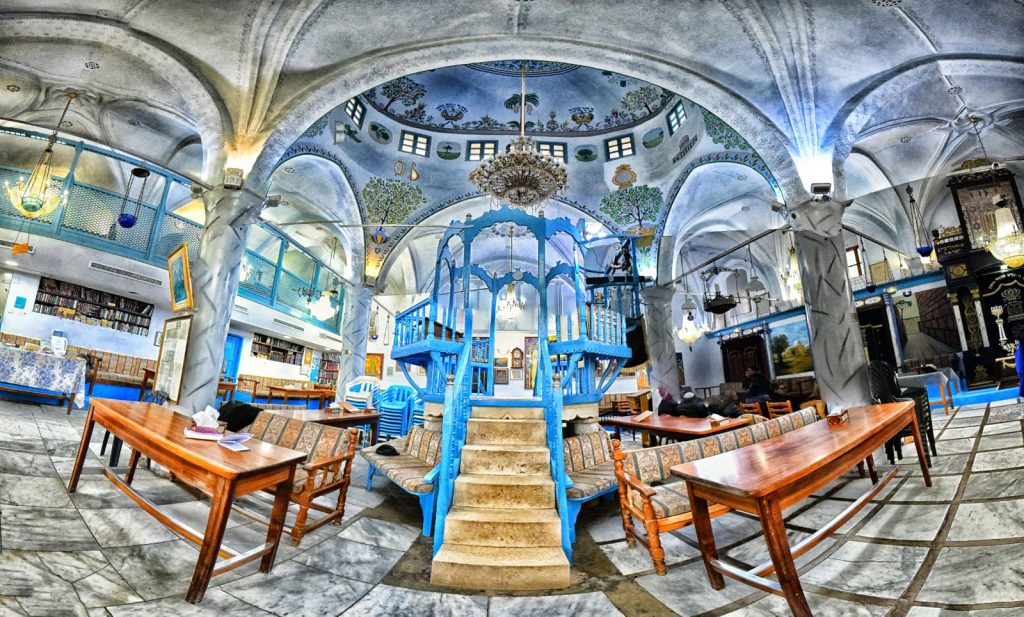
This was the case with artists from Michelangelo to Rembrandt and from Titian to Picasso. Be it as it may, I am usually as uninterested in the artist’s personal life story as I am in that of a scientist whose paper I am asked to review. I care only about the result. Does the art connect? Is it innovative? Is it professionally executed? Does it send its tendrils deep into my conscious and subconscious, into my soul?
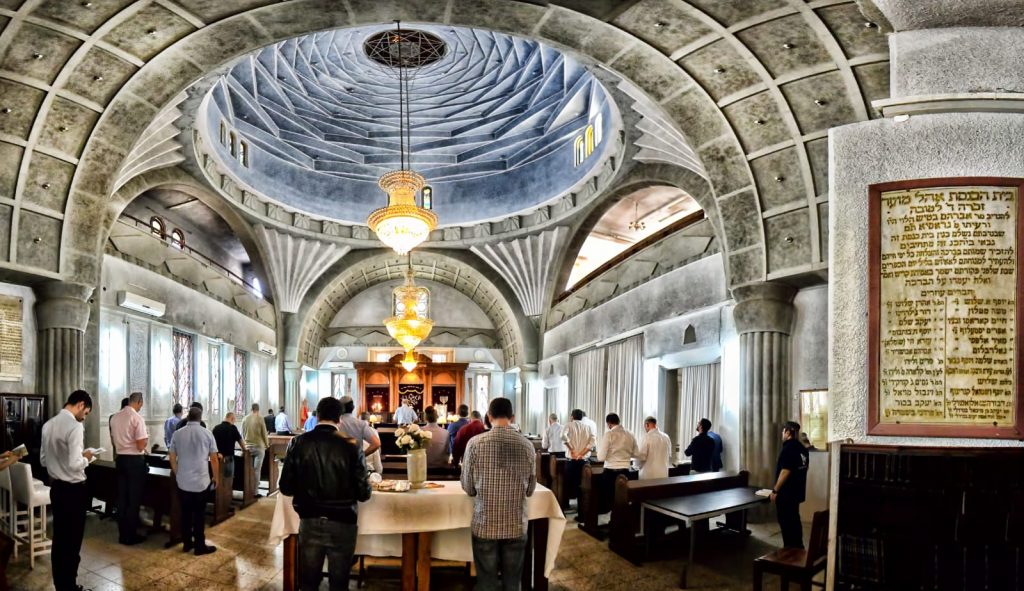
But there are exceptions. In looking at the rather amazing photographs of Amir Chodorov, I am forced to ask myself, “where did this come from?” I mean, where did the idea of taking what is clearly a PHOTO ESSAY consisting of a multitude of photographs and creating from it a seamless digital collage that loses not an iota of information yet presents all of the data, each and every pixel, to the viewer in a way that makes sense, that can be viewed both as a whole and separately, where did this idea come from?
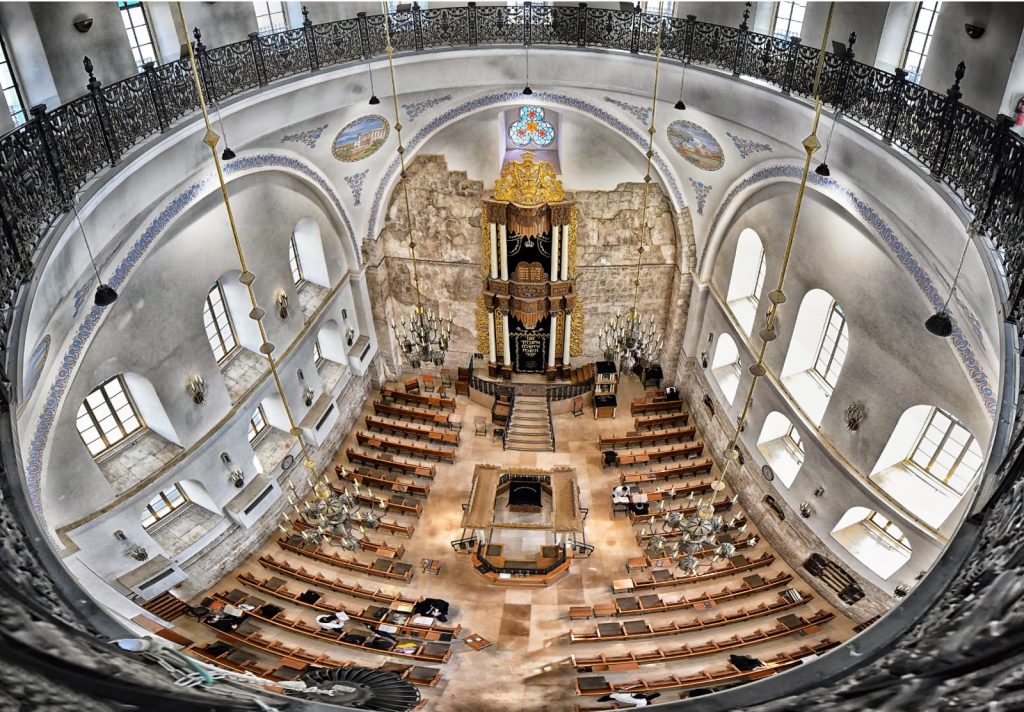
As a pilot myself, though light years removed from the kind of pilot that Amir used to be, I happen to know the answer. Amir creates art in a way that only a pilot could. Pilots, especially instrument-rated pilots and even more so fighter pilots are trained to process information in a unique manner. We are taught to split our cerebral cortex into two distinct parts: the zoomed-in part and the zoomed-out part. Since we need to process in real time vast amounts of instrument data and couple it with what we can actually see from the cockpit, since the decisions we make based on this data need to be made within fractions of a second and can often be the difference between life and death, we learn to see the world differently.
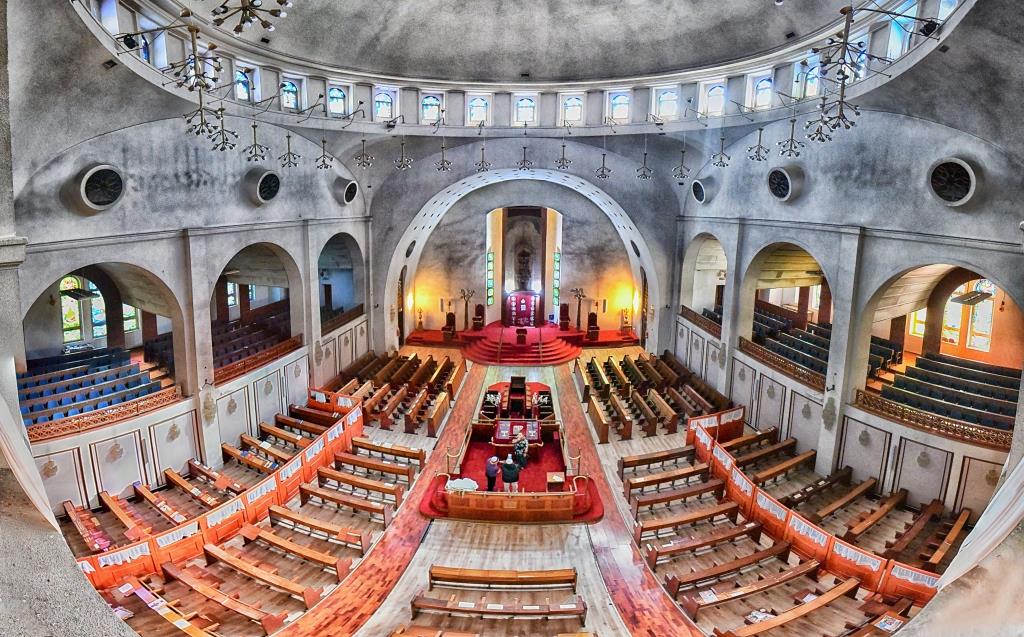
On one side, we must see the whole picture and we must never lose track of it by focusing on any one instrument or detail. On the other hand, in every situation there is that one primary instrument, the altimeter, the vertical slope indicator, the sight picture of the horizon in the cockpit glass, that means just a little bit more than others, that requires more accurate tracking, that is weighed higher in the control algorithm that is being executed in our brains.
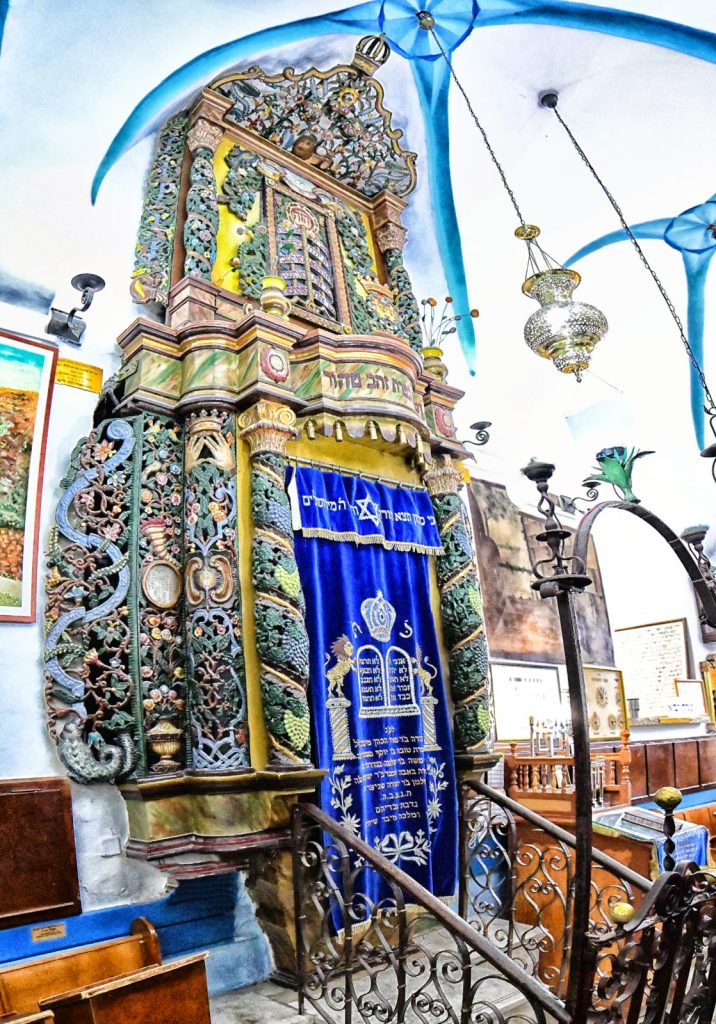
Modern aircraft have cockpits that are designed to bring the pilot information in a way that enables that dual zoom data collection. The pilot can absorb the entire picture in one glance and he can simultaneously scan it from side to side, noticing minute details, discrepancies perhaps, that require corrective control inputs.
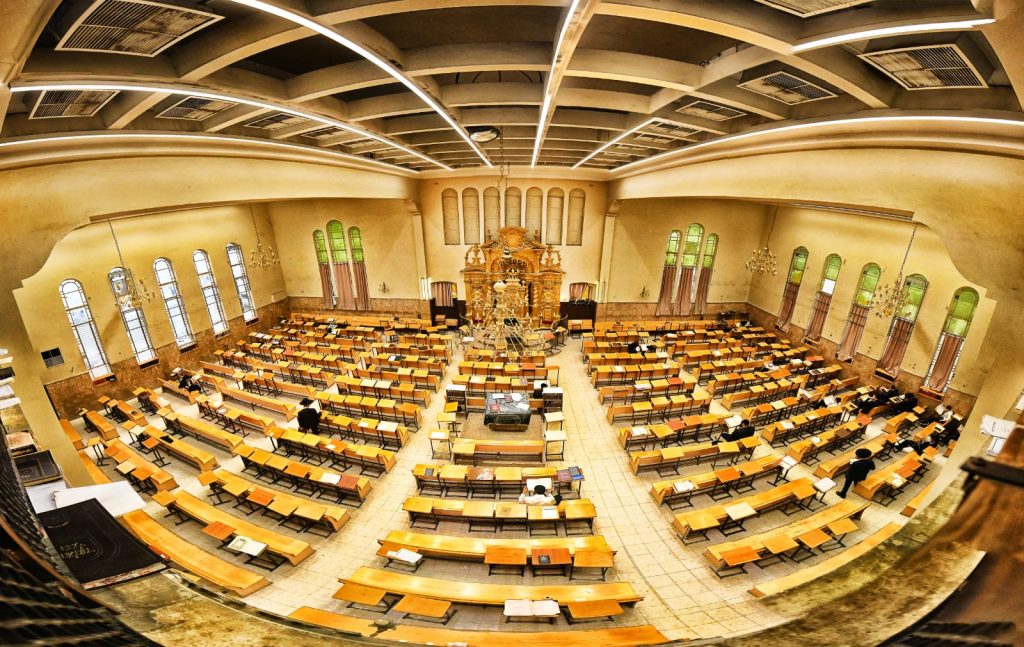
Amir chooses for his photographic piloting subjects that are worthy of a career fighter pilot in the Israel Air Force. His synagogues and churches and cityscapes are crammed with detail just as much as the cockpit of an aircraft is on an approach to an unfamiliar field in zero visibility and a heavy blizzard. Everything is important and everything is visible. Every detail is available to the viewer. When encountering Amir’s photographs, one has more details at one’s fingertips about their subjects than someone who is actually physically there.
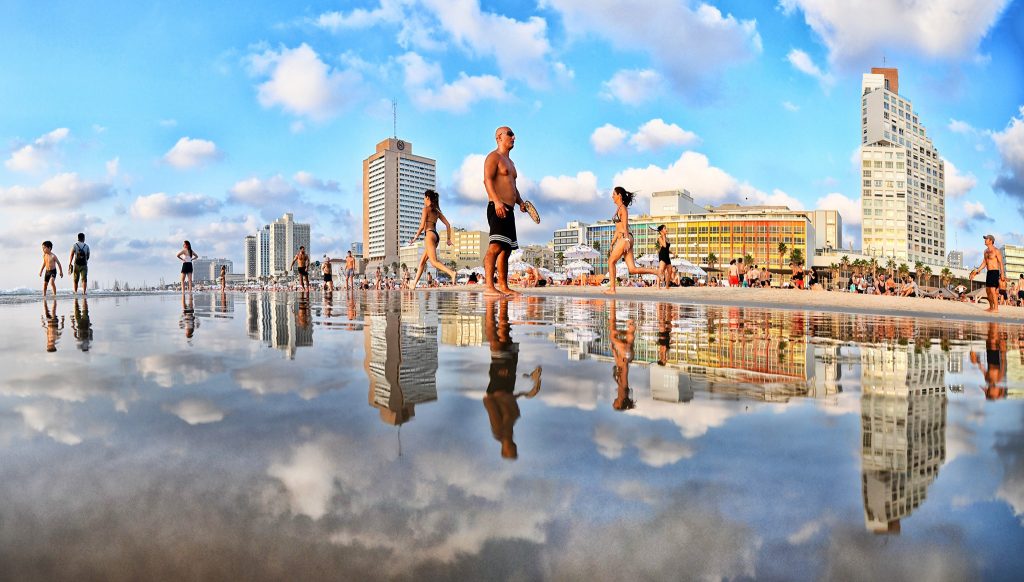
Anyone who knows anything about piloting aircraft knows that far from being risk takers, pilots are exceptionally risk averse. We take on risk enough when we first rotate and leave the tarmac, we need not add more. So we prepare. We prepare meticulously. We study the weather and the route, the destination airport as well as the alternate airport. It is painstaking work even for civilian pilots and orders of magnitude more so for military ones. This attention to detail, this meticulous approach is evident in every one of Amir’s works. There is nothing missing, no angle is uncovered, nothing is left to the imagination.
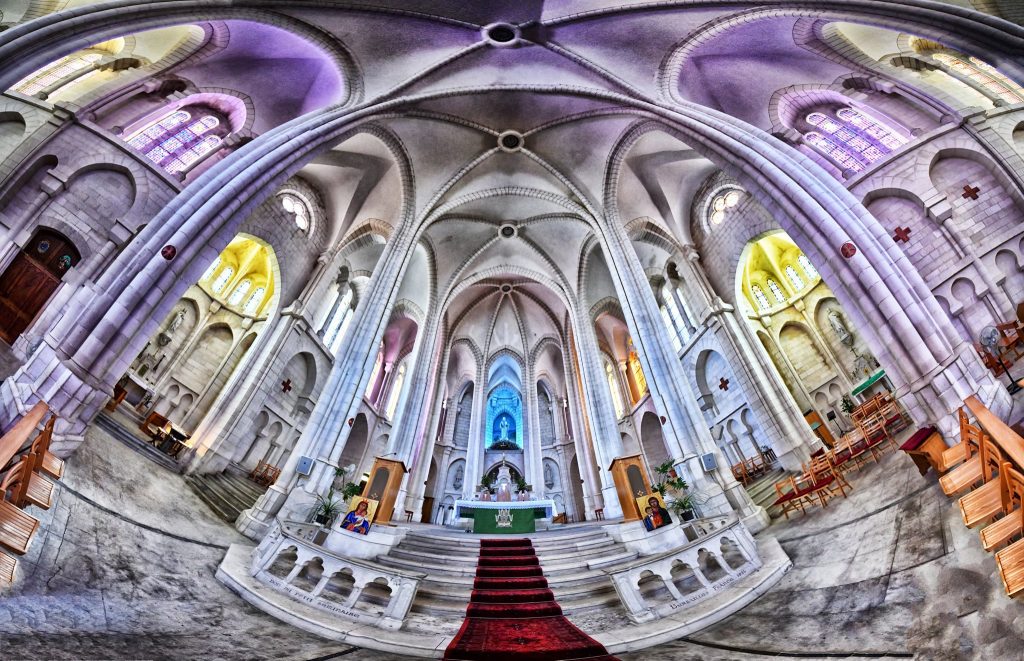
Is this art? That is an interesting question. Greasing a landing in high crosswind with rain pouring down, that feeling when the rubber of the main landing gear kisses the tarmac and makes that little squeaky noise, letting out my breath ever so slowly so that my passengers would not even notice that there were a few tense moments up there… it sure felt like art to me.
What I mean is that there is a certain boundary upon the crossing of which craft becomes art. Perfect execution of a difficult task is art approached from a diametrically opposite direction. Wherein most art is creativity, emotion, even psychosis made flesh like in the paintings of Vincent Van Gogh, other art is the perfect execution of a nearly impossible task. This other art is born from calm rather than from storm, from the cerebral rather than the emotional. Rembrandt was such a painter; his portraits and still lifes rather than merely representing reality, improve upon it. Viewing his paintings of dead fish is unquestionably a more exalted experience than looking at actual dead fish.
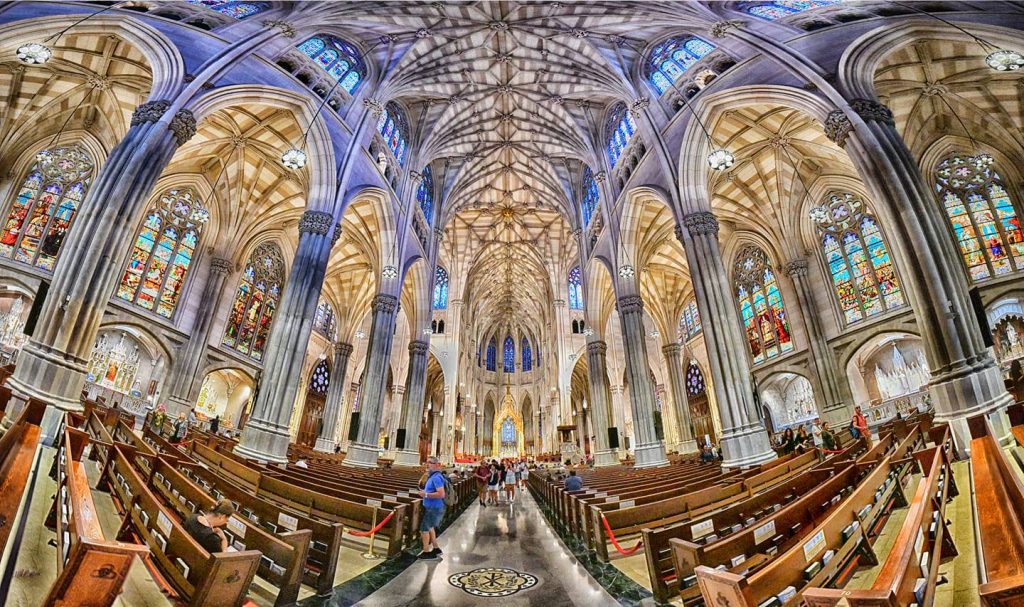
Having visited a few of the synagogues that are the subjects of Amir’s photo essays, I can attest that viewing them is a more visually interesting experience than visiting the synagogues themselves.
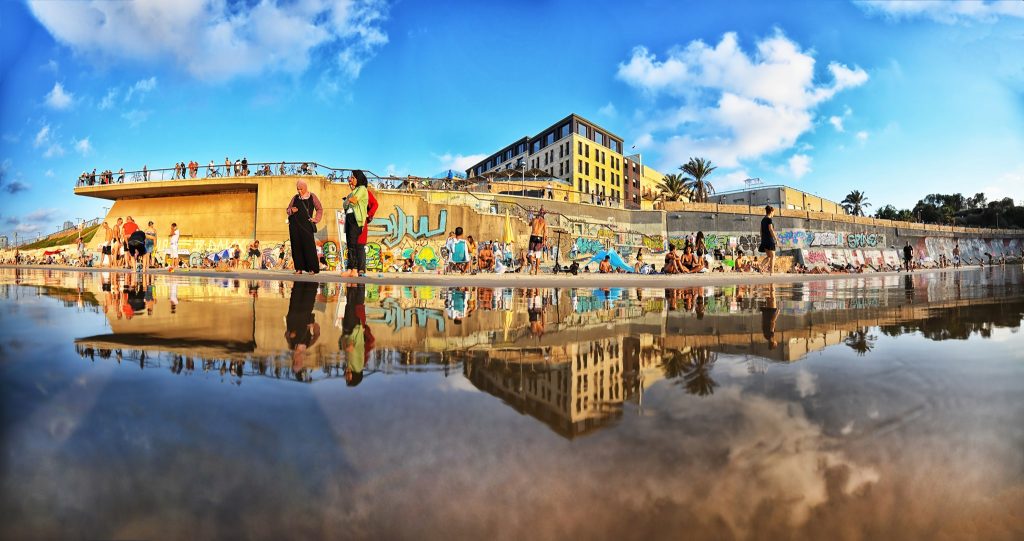
When someone asks me what art is, how can we distinguish art from craft, my answer is this: was there a transformation, a transmutation, a moment of alchemy? Was reality transformed into something else, something more interesting, more important? If so, if the artist has achieved this metamorphosis, literally this voyage to the beyond, then this is indeed art.
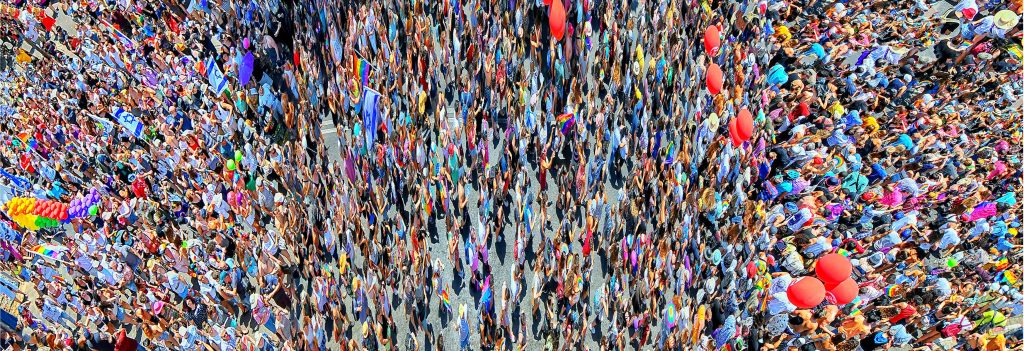
I have no doubt that Amir and his camera have achieved this result, but you can judge for yourself when you visit his first Israeli solo exhibition at the Shimon Buzaglo Studio, 22 Haim Ben Atar Street, Tel-Aviv. Gala opening is at 20:00 on January 9th and the exhibition will run until February the 9th.


